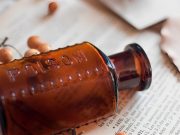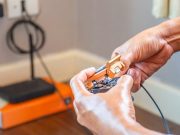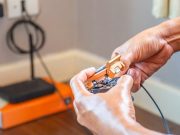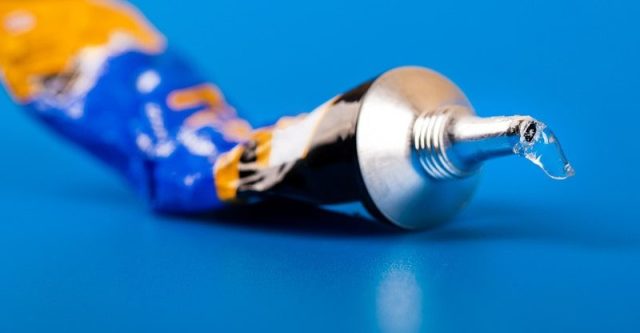Most of us are familiar with superglue, an adhesive known for its rapid bonding capabilities that work within seconds—an impressive feat to say the least. Let’s delve into some interesting data to truly appreciate this clever creation.
In 1942, Harry Coover, Jr. and his team chanced upon a material that adhered to anything it touched while trying to develop clear plastic gun sights for wartime use. Unfortunately, this substance, called cyanoacrylate (CA), wasn’t suitable for their original purpose.
Fast forward to 1958, and cyanoacrylate hit the market for the very first time, sold as Eastman #910 by Eastman Kodak. Coover, alongside a fellow researcher, had stumbled upon the substance again and realized its commercial promise.
An unopened bottle of CA typically lasts about 12 months. To keep it in peak condition, refrigerate these bottles. Although this timeframe can vary depending on the specific product, how it was made, and storage conditions, this is a rule of thumb for most CA glues.
Once opened, a bottle of CA should last between 4 to 8 weeks. It’s best to store it at a normal room temperature with the cap on tightly, as fridge moisture can cause the glue to set too soon.
For optimal longevity of opened CA bottles, maintain a storage temperature of 50-70 degrees Fahrenheit. Keeping the nozzle clean and sealed, tightening the cap or using a pin to seal it, and placing it in a sealed container with silica gel to combat any moisture can extend the glue’s lifespan.
When it comes to setting time, superglue takes just 5 to 90 seconds—enough time for a hasty bond between two fingers! CA glue sets instantly with any moisture, hence why skin sticks so fast. If you do get stuck, try prying the bond apart gently with something like a pen, since superglue loses its grip under twisting motions. For tougher cases, acetone is a reliable home remedy, but handle it with care and follow with a thorough wash.
Once superglue reaches its fixture time, it’s strong enough for light handling, yet attaining its full strength takes significantly longer.
A laboratory test demonstrated that superglue could support a weight of 3 kilograms after reaching fixture time. Recall those demonstrations showing superglue lifting a car within seconds? What you’re seeing is the product flaunting its tensile strength nearly instantaneously!
Full curing of superglue, which leads to maximum strength, takes from 8 to 24 hours, varying by the surfaces being bonded, their ability to absorb moisture, and the type of CA used. Despite superglue’s quick action, there are other cyanoacrylates that set even faster—each with different properties and curing times.
Cyanoacrylates generally withstand temperatures up to 200 degrees Fahrenheit, although special formulas can bear up to 275 degrees for high-heat conditions.
With a tensile strength ranging from 3,000 to 4,000 PSI, CA adhesives are incredibly versatile and strong, fitting a wide array of uses.
Your next project with superglue might not require gripping power for lifting 2,500 pounds, but if you’re looking for the right CA glue, Gluegun.com has a range that’s sure to meet your needs.
































